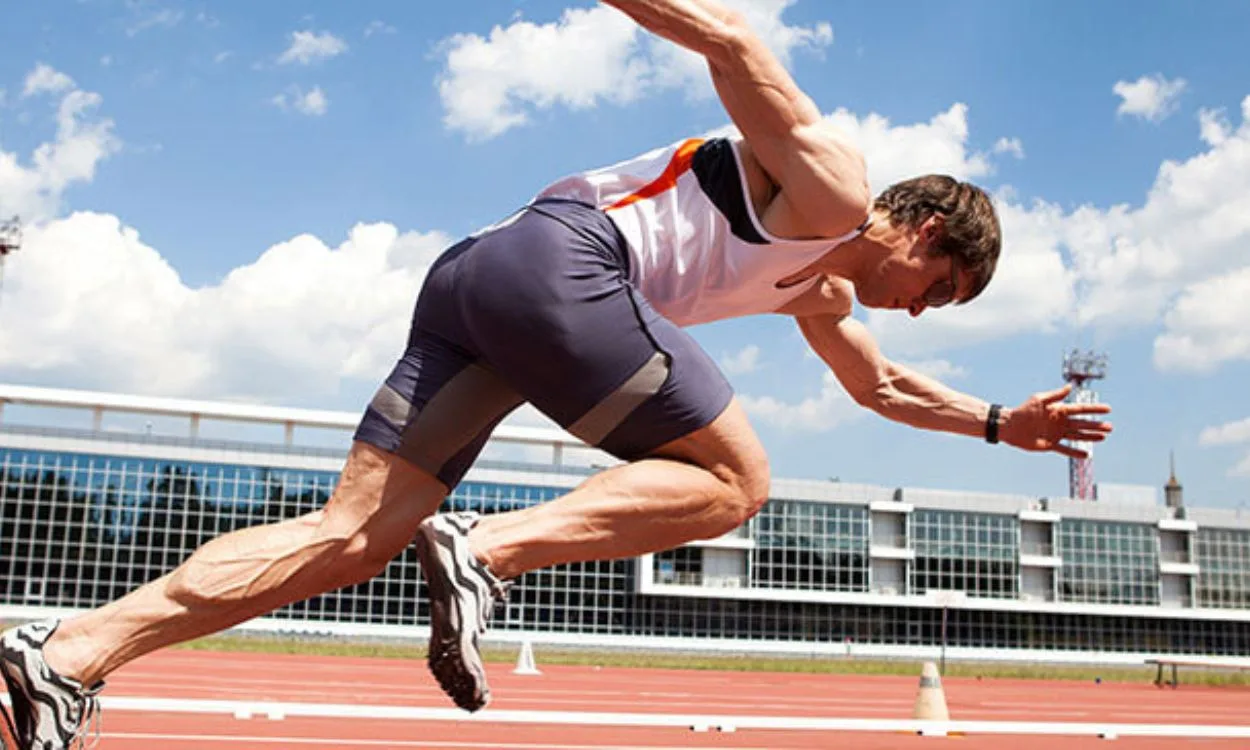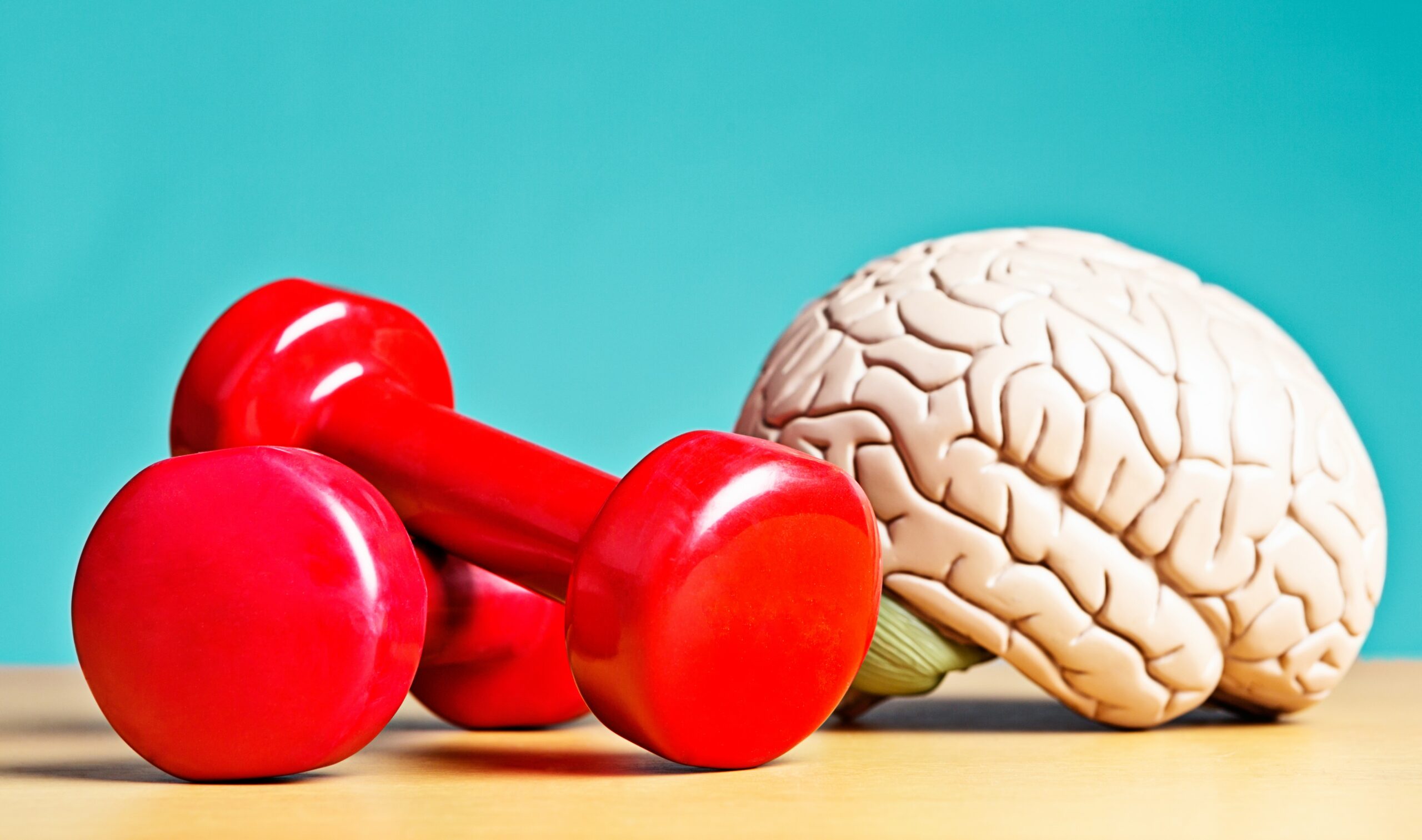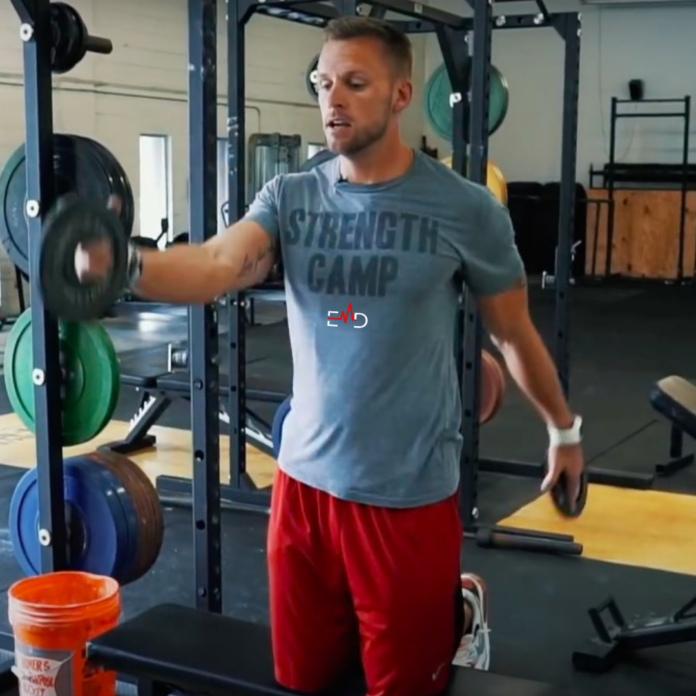Table of Contents
Exercise Daily – Athletes constantly seek ways to push their limits and elevate their performance. Adopting advanced training techniques can unlock your full potential and propel you toward success, whether you’re a seasoned professional or just starting your athletic journey.
Have you hit a wall in your athletic journey? Is your performance plateauing, leaving you frustrated and yearning for that next big leap? Fear not, fellow athlete, because the world of advanced training techniques awaits, ready to unlock your hidden potential and propel you toward greatness.
Why Advanced Techniques Matter for Peak Performance
The early days of athletic training are a glorious whirlwind of progress. Every session brings new gains, and every rep is a testament to your dedication. But as you climb higher, the landscape changes. The beginner’s bubble bursts, and those once-effective workouts yield diminishing returns. This, my friend, is where the magic of advanced techniques comes in.
Think of it like this: You’ve been using a rusty old spoon to dig for gold. It worked well at the surface, but now you need a pickaxe – something more sophisticated, more targeted, to crack through the tougher terrain and unearth the riches hidden deeper. Advanced techniques are your pickaxe, designed to:
- Increase specificity: They cater directly to your sport’s unique demands, honing your skills and building strength in the right places.
- Strategic overload: They push your body beyond its comfort zone in a controlled and calculated way, forcing it to adapt and grow stronger.
- Bust through plateaus: They introduce new stimuli and challenges, jolting your system from stagnation and reigniting progress.

Advanced Training Techniques
To embark on this transformative journey, understanding advanced training methods is crucial. These techniques encompass nuanced approaches and unconventional strategies, leveraging scientific principles and cutting-edge research. Delving into these methods brings forth a cascade of benefits that can amplify an athlete’s potential in unprecedented ways.
1. Importance of Targeted Strength Training
One cornerstone of advanced training is targeted strength workouts. It’s not just about lifting; it’s about precision. Targeted exercises cater to specific muscle groups, optimizing performance and minimizing injury risks. Unveiling the specifics of these exercises and comprehending their impact can be pivotal in an athlete’s quest for greatness.
2. High-Intensity Interval Training (HIIT)
HIIT, a fervently discussed technique, offers a paradigm shift in training. Its fusion of intense bursts and brief recovery periods presents a potent formula for boosting endurance, torching fat, and elevating overall performance. Understanding and seamlessly integrating HIIT into a training regimen can unlock substantial gains.
3. Targeted Strength Training
Strength, a cornerstone of athleticism, is fortified through focused strength training routines. By spotlighting particular muscle groups and employing exercises tailored to individual needs, athletes can sculpt their bodies to meet the demands of their sport.

Setting the Foundation for Success
A solid foundation is crucial for any athlete who aspires to greatness. This involves creating a comprehensive training plan, establishing clear goals, and understanding your body’s needs.
Importance of a Comprehensive Training Plan: A well-structured training plan provides a roadmap for your athletic development. It should include a mix of exercises that target different aspects of your fitness, such as strength, endurance, power, and flexibility.
Establishing Clear Goals and Objectives: Define what you want to achieve with your training. Are you aiming to improve your speed, increase your strength, or enhance your endurance? Having specific goals will help you stay motivated and focused.
Understanding Your Body’s Needs: Every athlete has unique strengths and weaknesses. Pay attention to how your body responds to different training stimuli and adjust your plan accordingly.
Embracing Periodization
Periodization is a strategic approach to training that involves varying the intensity, volume, and type of exercise over time. This helps prevent plateaus, reduces the risk of injuries, and optimizes your body’s adaptation to training.
Benefits of Periodization: Periodization allows you to focus on specific aspects of your fitness during different phases of your training cycle. This leads to improved performance, reduced burnout, and a more balanced approach to training.
Creating an Effective Periodization Plan: Identify your goals and divide your training year into phases. Each phase should have a specific focus, such as building strength, increasing power, or enhancing endurance.
Incorporating Variety into Your Training: Periodization also involves incorporating variety into your training routine. This can include changing your exercises, the order in which you do them, and the rest periods between sets.
Mastering Recovery and Nutrition
Recovery and nutrition play a vital role in optimizing your athletic performance. Ensure you get enough rest, eat a balanced diet, and stay hydrated.
The Importance of Adequate Rest and Sleep: Sleep is essential for muscle recovery and tissue repair. Aim for 7-9 hours of quality sleep each night to ensure your body has enough time to rebuild and rejuvenate.
Optimizing Nutrition for Peak Performance: Fuel your body with a balanced diet with plenty of fruits, vegetables, whole grains, and lean protein. Avoid processed foods, sugary drinks, and excessive saturated and unhealthy fats.
Hydration Strategies for Athletes: Proper hydration is crucial for optimal performance. Drink plenty of water throughout the day, especially before, during, and after exercise.

Implementing Advanced Training Techniques
In addition to the basics, incorporating advanced training techniques can help you take your performance to the next level.
Plyometrics for Power and Explosiveness: Plyometric exercises involve rapid, powerful movements that help you develop power and explosiveness. Incorporate exercises like box jumps, squat jumps, and clap push-ups into your routine.
Isometrics for Strength and Stability: Isometric exercises involve holding a muscle contraction for a specific period. These exercises are great for building strength and stability in your muscles. Try exercises like wall sits, planks, and calf raises.
Eccentric Training for Muscle Growth: Eccentric training involves focusing on the lengthening phase of a muscle contraction. This type of training is effective for building muscle mass and strength. Incorporate exercises like slow negatives, eccentric bicep curls, and Nordic hamstring curls.
Speed Drills for Enhanced Agility: Speed drills are designed to improve your acceleration, speed, and agility. These drills can help you become more efficient in your movements and improve your overall athleticism. Try exercises like cone drills, ladder drills, and sprint drills.
Mental Training for Peak Performance
Your mindset plays a crucial role in your athletic performance. Develop a strong mental game to perform at your best under pressure.
The Power of Visualization: Visualization is a powerful technique that can help you improve your performance by mentally rehearsing your movements and outcomes. Visualize yourself performing your sport successfully, focusing on the details and sensations of each movement.
Developing a Positive Mindset: Cultivate a positive mindset by focusing on your strengths, celebrating your successes, and learning from your mistakes. Surround yourself with positive influences and practice self-talk.
Strategies for Managing Stress and Anxiety: Learn effective strategies for managing stress and anxiety, such as deep breathing exercises, meditation, and progressive muscle relaxation. These techniques can help you stay calm and focused during competition.

Common Mistakes to Avoid
Avoid these common mistakes that can hinder your progress.
- Overtraining and Under-Recovery: Overtraining can lead to burnout, injuries, and decreased performance. Ensure you get enough rest and recovery time to allow your body to adapt and rebuild.
- Ignoring the Importance of Technique: Proper technique is essential for maximizing the benefits of your training and reducing the risk of injuries. Focus on performing exercises with the correct form and technique.
- Neglecting Flexibility and Mobility: Flexibility and mobility are often overlooked but play a crucial role in athletic performance. Incorporate stretching and mobility exercises into your routine to improve your range of motion and reduce the risk of injuries.
Conclusion
Following these advanced training techniques and avoiding common mistakes can unlock your potential as an athlete and help you achieve your performance goals. Consistency, dedication, and a positive mindset are key to lasting success.
Remember, the journey to athletic greatness is paved with dedication, perseverance, and a willingness to learn and adapt. Embrace the challenge, fuel your passion, and unleash the champion within. The world of peak performance is yours for the taking.
FAQs – Advanced Training Techniques for Athletes to Boost Your Potential
Q: How can I create a comprehensive training plan that suits my needs?
Consider your current fitness level, goals, and any limitations. Work with a qualified coach or trainer to design a plan tailored to your needs.
Q: What are some effective ways to incorporate periodization into my training routine?
Identify your goals and divide your training year into phases. Each phase should have a specific focus, such as building strength, increasing power, or enhancing endurance. Gradually increase the intensity and volume of your training as you progress through the phases.
Q: How can I optimize my nutrition to support my athletic performance?
Focus on a balanced diet with plenty of fruits, vegetables, whole grains, and lean protein. Avoid processed foods, sugary drinks, and excessive saturated and unhealthy fats. Time your meals and snacks to support your training and recovery needs.
Q: What advanced training techniques can help me improve my power and explosiveness?
Incorporate plyometric exercises like box jumps, squat jumps, and clap push-ups into your routine. These exercises involve rapid, powerful movements that help you develop power and explosiveness.
Q: How can I develop a strong mental game to perform at my best under pressure?
Practice visualization techniques by mentally rehearsing your movements and outcomes. Cultivate a positive mindset by focusing on your strengths and celebrating your successes. Learn effective strategies for managing stress and anxiety, such as deep breathing exercises and meditation.






